Meet Eone, an innovative watch company creating one watch that can be used by people whether they are sighted or blind. It all started at MIT, when Hyungsoo Kim, founder of Eone, was a graduate student.
In class he noticed that his friend and classmate couldn’t tell time.
He was blind, and embarrassed to use his talking watch and interrupt the lecture, he’d discreetly whisper to Hyungsoo for the time.
This sparked an interest in Hyungsoo, because he figured there had to be an alternative to a talking watch for individuals without sight.
After doing some initial digging, he found that there weren’t any quality alternatives to what his friend was stuck with.
Inspired by the conviction that everyone has a right to time, Hyungsoo collaborated with designers and individuals with vision impairments to create a watch that everyone can use — sighted or blind.
Below is an interview with Hyungsoo Kim, founder on Eone.
As a graduate student at MIT what were you studying and how did it prepare you to start Eone?
I was at MIT Sloan School of Management and my program had a focus on entrepreneurship. Eone started as a project from a social entrepreneurship class. The class helped learning how business with a focus on social change and impact could still be profitable and sustainable.
When deciding to launch eone, what were some of the first struggles you faced when trying to create a watch specifically for blind individuals?
Our initial goal was to make a Braille watch for the blind, which would have Braille displays. We worked really hard for months.
When we had the concept prototype, we arranged a meeting with a blind user group – with 50 plus individuals who are blind. My team was all excited.
However, as soon as we introduced ourselves, one person asked “Before we start, do you know how many of us can read Braille?”
I generally assumed that if you’re blind, you read Braille. I said “well, if not all of you, then probably 8-9 out of 10 of you?” He said “Well, 8-9 out of 10 of us cannot read Braille” I doubted what I heard.
Did you know that only 10-20% of the blind can read Braille?
It is because many of them become blind at later stage in their lives, such as due to disease or accident, so they don’t get to develop good sense of touch required to read Braille. My team was ignorant of such fact. That was strike one.
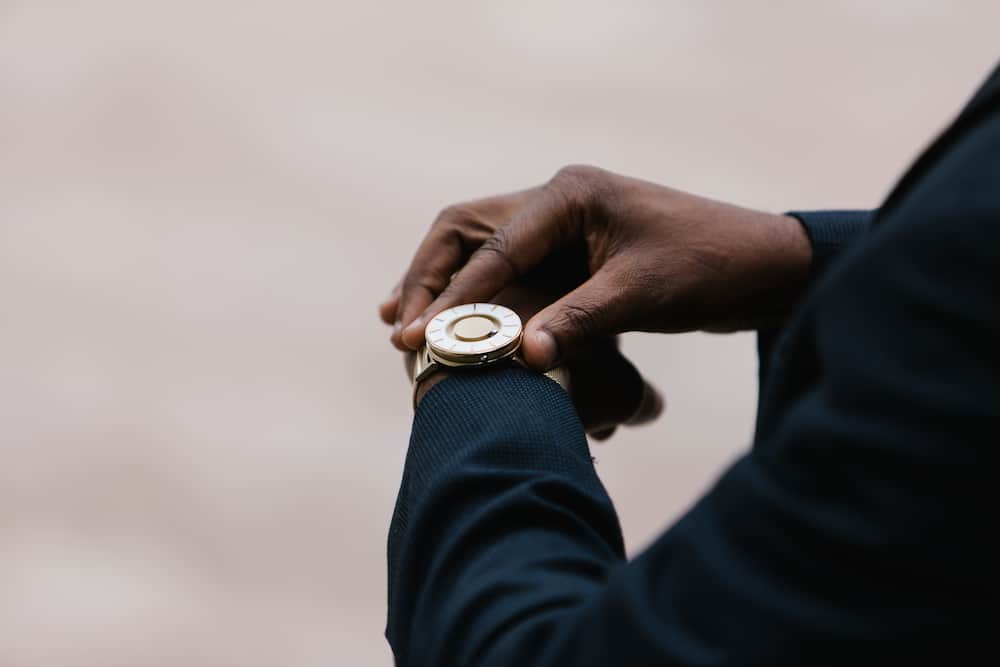
Then another person said “Well, I can read Braille, so let me ask you some more questions”. And these were the next set of questions – “how big is it? What’s the material?” And even about the color of the watch. These questions were all towards the look of the watch instead of the functionality.
This surprised me again and made me feel absolutely embarrassed to realize that I wrongly assumed that they would care mostly about the functionality, and much less about the looks.
They wanted to look good.
Why did I assume a positive correlation between not being able to see and not wanting to look good?” I was wrong. That was strike two.
And their next question was “Is it specially designed for the blind only?” I said yes and expected a positive response this time because we all like special, limited design products.
But they said “You got it wrong again, Hyungsoo. That’s not what we want. What we want is what everyone else also likes.
The label “designed for the blind” draws attention to our disabilities and separates us. It builds a wall between us and others” So I was wrong again. That was strike three and we were out.
After that meeting, our concept prototype literally went into trash bin. We were building something that we thought they wanted, but it was not what they wanted. We were building something out of the misconceptions and stereotype we had on them. But the blind user group didn’t stop after only criticizing our work.
They said “If you want to create something for us, why don’t you invite us to work with your designers?” It made sense. So, we started again.
This time, I invited people with all different background and abilities – product designers, architect, students, teachers, people who are blind.
The goal this time was to create something that looks beautiful and really cool aesthetically, yet also functionally accessible to the blind. We changed our name to Eone which is short for Everyone.
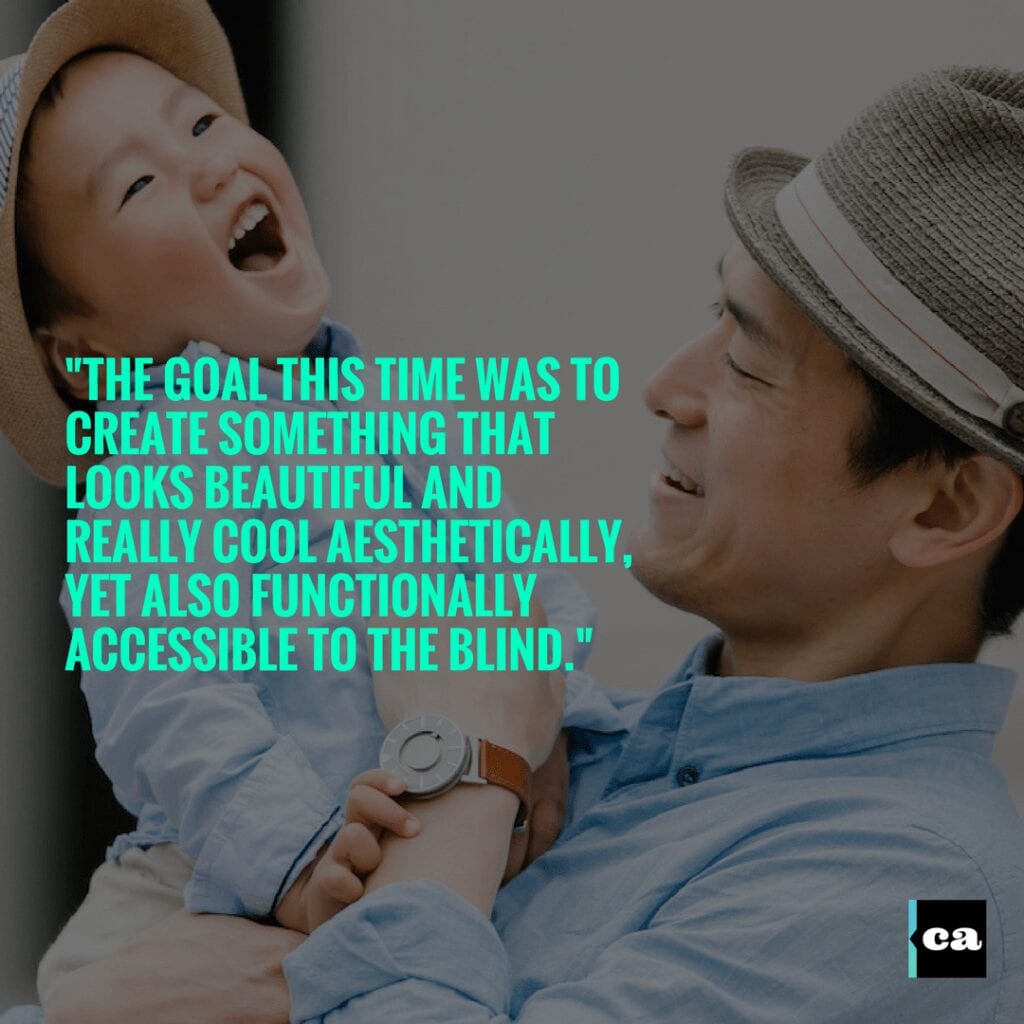
Can you explain a little bit of how the watch works and its unique design?
Unlike traditional watch, the time is indicated by two ball bearings – one rotating in the front indicates the minute and the one rotating in the side indicates the hour. You can see or touch those to tell time. The hour markers are also raised to help with telling time.
It can be very useful to sighted people as it would allow them to check time without looking at the watch in situations like during meetings, interviews, or dinner with in-laws. People who are blind were excited about a watch that didn’t build a wall between them and the sighted.
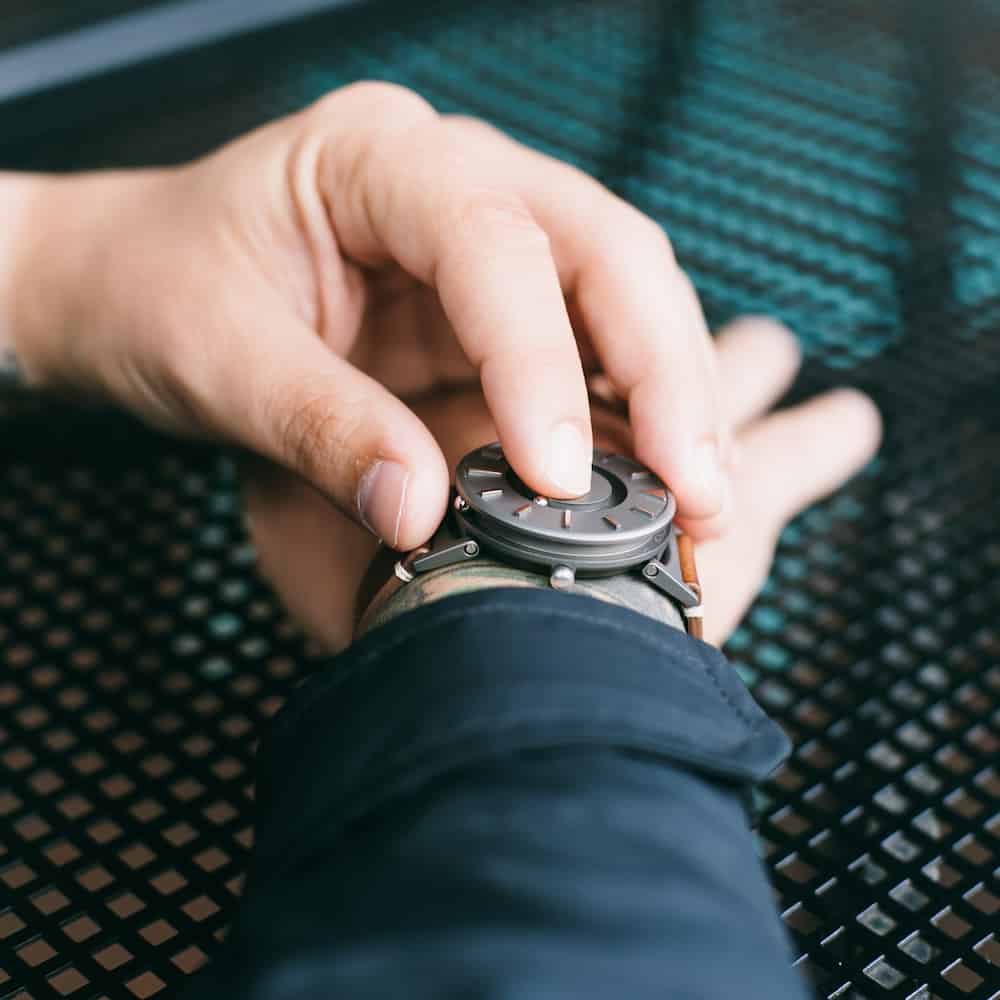
With each purchase of the Bradley × KBT timepiece a portion of proceeds are donated to the Kilimanjaro Blind Trust. How did you discover KBT and what do you love most about them?
We found them while we were looking for a second organization to support. At that time, we were supporting the Seeing Eye which is one of the oldest guide dog training schools in the world.
We love KBT’s work as their mission aligns very well with our mission which is to help people with disabilities gain their independence and confidence back.
KBT does a great job helping children with vision impairment in Africa learn how to read and write in Braille.
Every purchase of the Bradley x KBT timepiece fosters literacy among blind children in East Africa by either repairing a Braille device or providing a year’s worth of Braille paper.
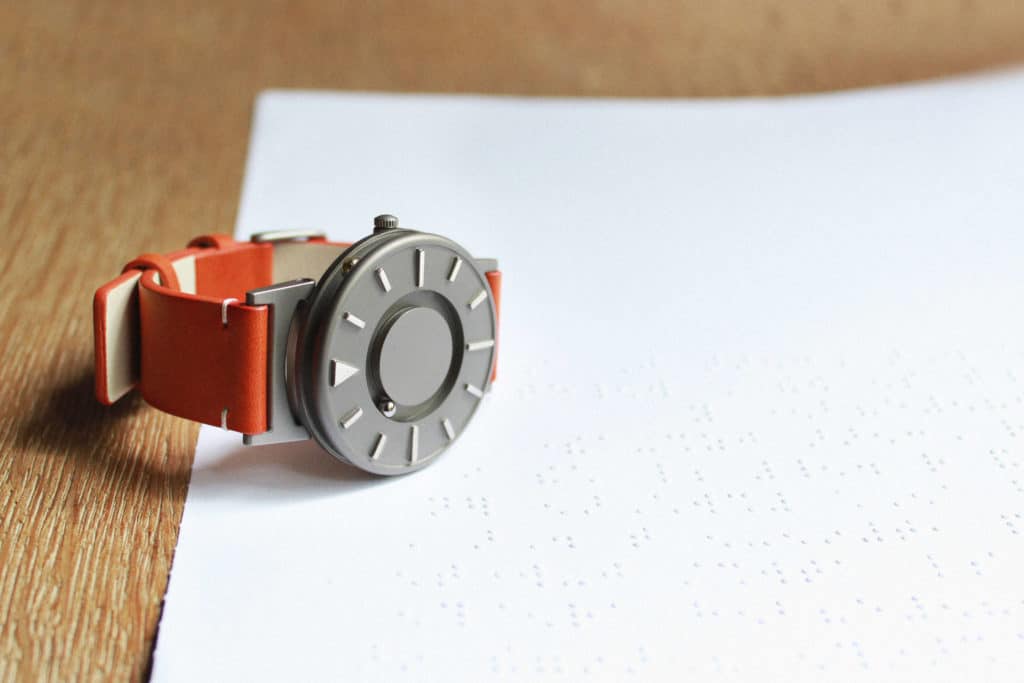
Obviously Bradley has had a huge impact on the life of eone and perhaps yourself as well. How did you guys meet and how has he inspired you and the company?
After we developed the prototype, we decided to name our timepiece after someone who is an inspiration to both the blind and the sighted.
I read a news article about Brad Snyder that focused on his perseverance after his injury, learning how to thrive in a world that wasn’t designed for the blind.
At that time, he was training to complete in London Paralympics. Soon after, I found a mutual friend who introduced me to Brad. I flew to Baltimore to meet with him and he agreed to give full support to our project and became our official spokesperson.
Not letting his blindness build a wall around him, he competed in Paralympics in London the following year and won his first gold medal on the same day he lost his vision.
We chose him as the namesake of our timepiece because of his dedication to breaking down barriers for people with disabilities — speaking out against stereotypes and proving that the obstacles of living with a disability doesn’t come from disability itself.
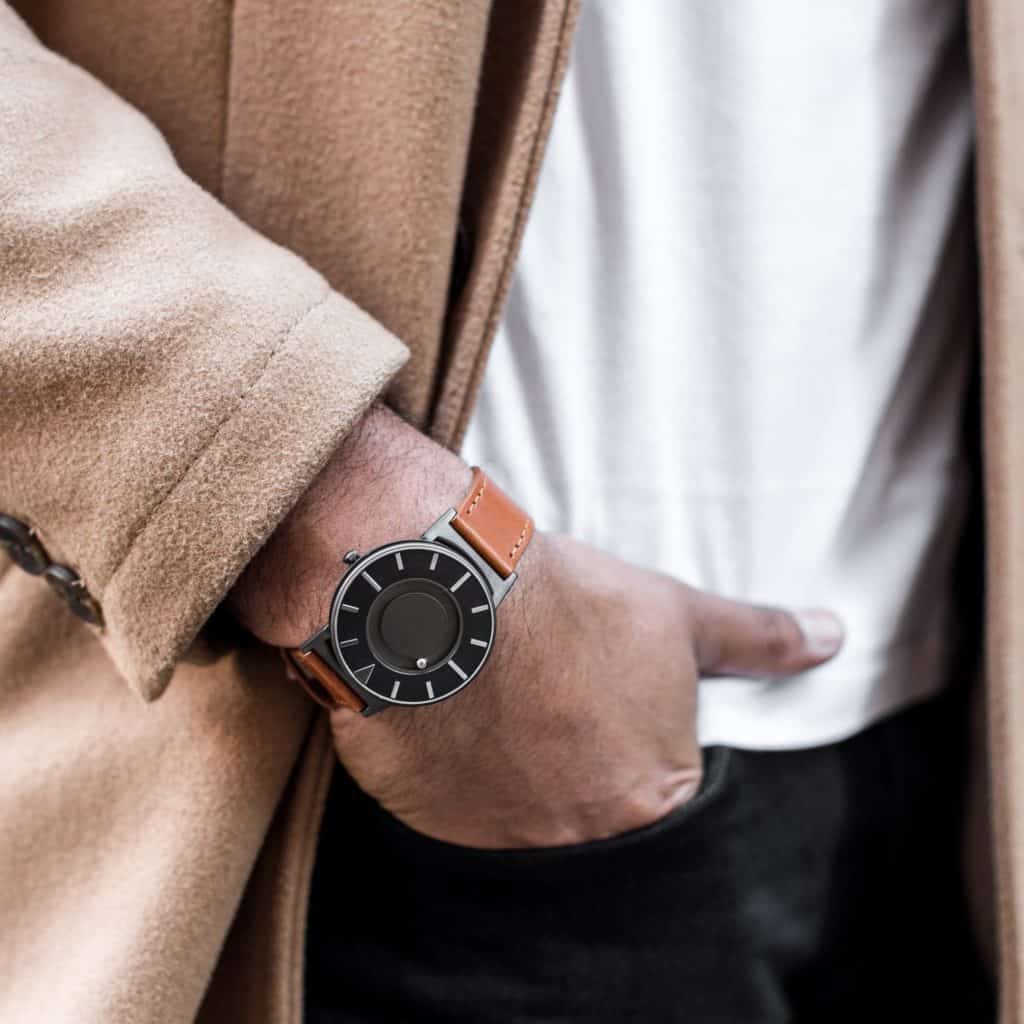
Are there any other modern products you would like to create for individuals without vision or other individuals with other conditions?
We are open to developing products that include other disabilities as well. We haven’t launched a new project yet, but we always look for new opportunities to link people of different abilities, disabilities, background and walks of life.
For more inspiring interviews and stories, listen and subscribe to the Causeartist podcast Disruptors for GOOD.







